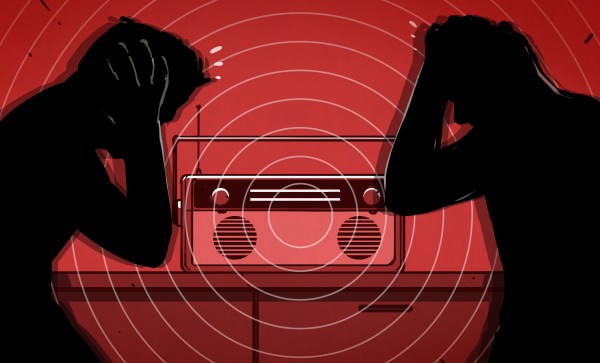There was a bit of a kerfuffle this week with the news that an airliner had been hit by space junk. The plane, a United Airlines 737, was operating at 36,000 feet on a flight between Denver and Los Angeles when the right windscreen was completely shattered by the impact, peppering the arm of one pilot with bits of glass. Luckily, the heavily reinforced laminated glass stayed intact, but the flight immediately diverted to Salt Lake City and landed safely with no further injuries. The “space junk” report apparently got started by the captain, who reported that they saw what hit them and that “it looked like space debris.”
We were a little skeptical of this initial assessment, mainly because the pilots and everyone aboard the flight were still alive, which we’d assume would be spectacularly untrue had the plane been hit by anything beyond the smallest bit of space junk. As it turns out, our suspicions were justified when Silicon Valley startup WindBorne Systems admitted that one of its high-altitude balloons hit the flight. The company, which uses HABs to gather weather data for paying customers, seems to have complied with all the pertinent regulations, like filing a NOTAM, so why the collision happened is a bit of a mystery.















